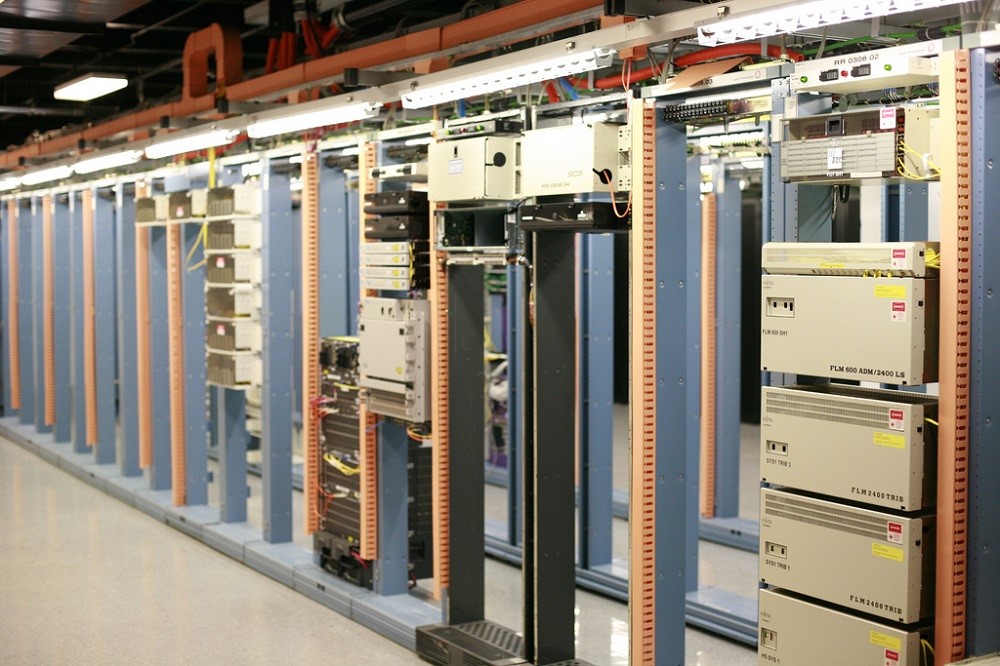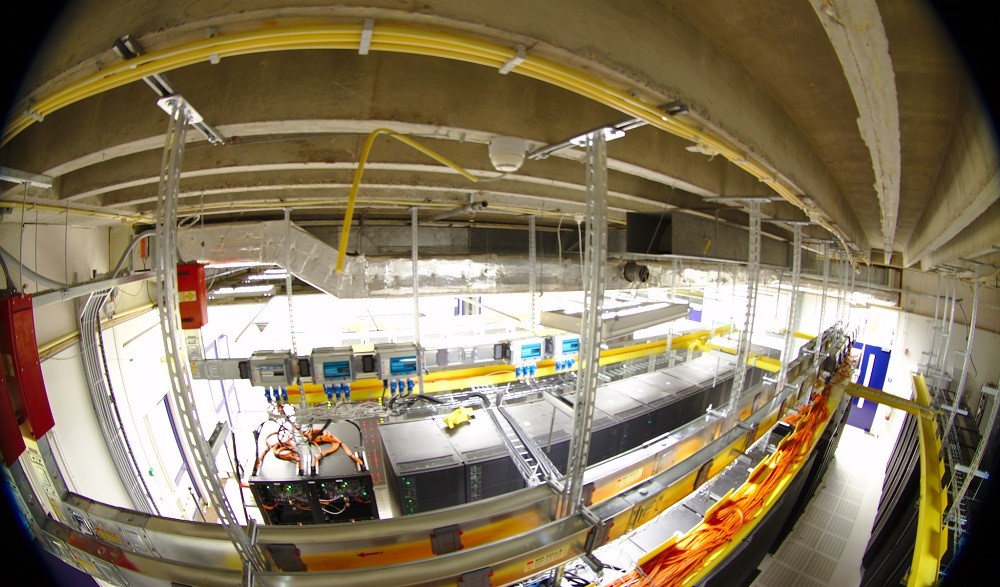For a long time, Excel spreadsheets
remained one of the most popular tools for managing the data center, in which managers kept all the information about the state of the infrastructure and tracked their tasks. For the most part, this was due to the inefficiency and cumbersomeness of existing
DCIM solutions — software products that monitor the performance of data center components.
However, the growing popularity of cloud infrastructures over the past few years has led to the emergence of a new generation of DCIM solutions, which are increasingly used in commercial projects. We are talking about trends that have pushed the development of DCIM, and forecasts of industry experts, under the cut.
 / Flickr / Robert Scoble / CC
/ Flickr / Robert Scoble / CCDCIM situation
Any technological innovation in the process of reaching maturity goes through several stages, each of which is characterized by a different degree of interest in technology from the community and specialists of relevant industries. To assess the degree of maturity of these innovations, the “hype cycle” proposed by the Gartner agency is used.
With its help, Gartner analysts
tracked the level of development of DCIM-solutions -
tools that evaluate and control the work of the data center, as well as monitor the power consumption of all IT equipment (servers, storage, routers) and infrastructure components of the object (power distributors, air-conditioning systems).
It turned out that in recent years, solutions for managing the infrastructure of the data center have strengthened their positions in the market: they have been used more frequently in commercial projects.
Prior to that, they did not find wide popularity due to difficulties in use, low efficiency and speed of deployment. However, with the advent of the second-generation DCIM, the situation has changed.
Now DCIM-solutions (if you follow the terminology of Gartner) “climb” along the slope of enlightenment, that is, their developers gradually overcome difficulties and eliminate the main drawbacks of software and hardware.
Why did it happen
The transition of DCIM-solutions to the fourth stage of the HYIP cycle (which is the “slope of enlightenment”) became possible due to a number of factors. Here are some of them:
- Companies are moving ever increasing volumes of workloads to the cloud. At the end of last year, researchers from LogicMonitor surveyed about 300 analysts and consultants in the cloud sphere, as well as representatives of cloud service provider companies. Respondents said that by 2020, 83% of workloads will work in the cloud: 41% in public, 20% in private, and 22% in hybrid. At the same time, the number of applications and services running on-premise will be reduced by 10% - from 37 to 27 percent.
- The market value of virtualization is increasing: Research and Markets forecasts that by 2022 the market will reach $ 8 billion, which is 4.5 billion more than it was in 2017. Thus, the average annual growth rate will be 16.5%.
- The infrastructure of data centers is becoming multi-component and complex. Many companies are developing edge ecosystems to process data as close as possible to their sources, outside of corporate data centers. According to Gartner, by 2022, half of the data will be processed using the technology of "peripheral computing" (edge computing). Today, only 10% of the generated data is processed outside the corporate data center.
- The popularity of hybrid infrastructure is growing. Gartner predicts that in 2020, 90% of all organizations will use the power of hybrid solutions. And according to an IDC CloudView survey conducted among companies already working with cloud technologies, 87% of enterprises are eyeing a hybrid infrastructure.
These trends, as well as the growing need for analytical tools for managing large-scale IT infrastructures, have led to the emergence of second-generation DCIM solutions.
According
to Herman Chan, president of Sunbird Software (which develops and implements DCIM solutions), data center owners have gained experience working with data center infrastructure management products and understand how to use them for a specific data center. Based on this experience, people have formed a clear picture of what they want from the software in the data center.
Therefore, DCIM developers are now addressing the flaws inherent in the first generation of solutions, and offering new, improved platforms for managing IT infrastructure.
New generation of DCIM solutions
Manufacturers themselves claim that the new software for managing the infrastructure of the data center received a number of improvements. For example, compared with the first platforms, the deployment time was reduced and the possibilities of scaling and compatibility with other products were leaked.
New solutions also simplify teamwork through dashboards and personalized presentation of information, eliminate the incompatibility problem of devices from different manufacturers, and combine in one software product information about the state of the data center, which are needed to manage its infrastructure.
 / Flickr / dennis van Zuijlekom / CC
/ Flickr / dennis van Zuijlekom / CCCompanies that have already implemented new DCIM solutions have a number of advantages. For example, Nu Skin (an American company that sells goods and services through network marketing)
notes that smart monitoring systems and 3D visualization allow you to track performance (electricity consumption, moisture level) of several data centers in real time, independently on how far objects are from each other.
In the US telecom operator, Comcast appreciated the ability of DCIM to provide all information about the state of the data center in one place. Now, data on different components of the infrastructure are not divided into separate modules, as decisions of the previous generation did. And at Lockheed Martin, which manufactures aerospace and military industrial equipment, noted the convenience of integrating new solutions with other systems, in particular, incident and change management tools.
What's next
Thanks to the popularization of the cloud, the growth of the virtual data center market, the emergence of new approaches and technologies, the DCIM industry has
taken a step forward over the past decade. New DCIM is easier and faster to work than previous solutions for managing data center infrastructure.
While these systems are still not very widespread, however, Sunbird Software President Herman Chan assumes that after the technology overcomes the "inclination of education" and completely gets rid of obsolete functions, companies will actively implement it in their data center. So the market will have new affordable and effective solutions that meet the needs of modern data centers.
PS Additional materials from the blog IT-GRAD about corporate IaaS:
PPS Related articles from our blog on Habré:
The main activity of the company IT-GRAD is the provision of cloud services:
Virtual Infrastructure (IaaS) | PCI DSS Hosting | Cloud FZ-152 | Rent 1C in the cloud